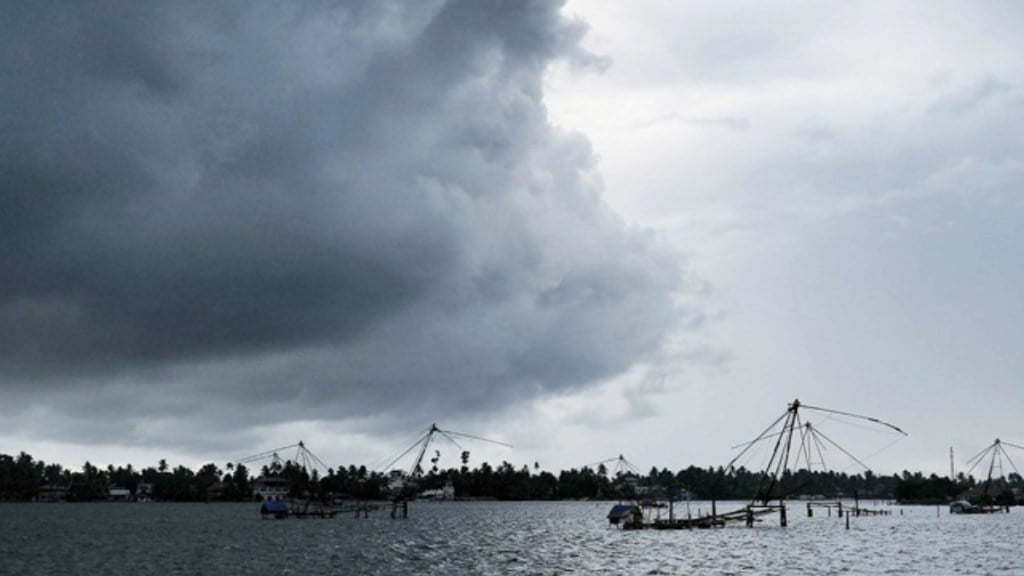The persistent El Nino conditions are likely to turn into ‘neutral’ prior to commencement of the monsoon season (June-September), Mrutyunjay Mohapatra,Director General, India Meteorological Department (IMD), said on Friday. “El nino will persist in summer months till May and from the beginning of the monsoon month, (it will be absent),” Mohapatra said.
Meanwhile, La Nina conditions — associated with sufficient monsoon rainfall — are likely to set in by the second half of the monsoon season (June-September), he said.
Earlier Mohapatra had told FE that neutral El Nino conditions implies that it would not have an adverse impact on the monsoon rains.
The next monsoon rains are crucial for Indian agriculture and more than 70% of the country’s annual precipitation is received during four months.
In 2023, the monsoon was not only the weakest in five years but was also marked by uneven distribution of rains across four months. Overall rainfall in June was 91% of benchmark long period average (LPA) followed by a hugely surplus rainfall in July at 113% of the benchmark.
In August, the rainfall was lowest since 1902 at only 64% of LPA , while September precipitation was surplus at 113% of normal benchmark.
Patchy monsoon last year has adversely impacted the yield of kharif crops – paddy, pulses and oilseeds.
In the preliminary monsoon forecast guidance for 2024, private weather forecaster Skymet has stated that the upcoming monsoon to be ‘normal’. “This could be one of the decent normal monsoon years, making a sturdy start and finishing around the midway mark of normal range of 96-104% of LPA.
The Skymet stated that the impending cooling of the ocean waters may portend ‘neutral’ conditions before the arrival of the monsoon.
Jatin Singh, Managing Director, Skymet said , “ the monsoon disrupting weather pattern El Nino, which dragged monsoon 2023 to ‘below normal’ is expected to get softened.
The met department in its weather report for the summer months (March-May), has predicted ‘above-normal’ maximum temperatures likely over most parts of the country, except over some isolated areas of northwest, northeast, central and peninsular India where ‘normal’ to ‘below-normal’ maximum temperatures are most likely.
More heatwave days than normal are predicted over northeast peninsular India — Telangana, Andhra Pradesh and north interior Karnataka — and many parts of Maharashtra and Odisha over the summer months.
In the current month, maximum temperatures for March 2024 are most likely to be ‘above normal’ over most areas of peninsula, northeast and west central India and many areas of North west India.
On the other hand, ‘normal to below normal maximum’ temperatures are most likely over most parts of east and east central India and some parts of northwest India.

